Innovation in megaprojects
 First published by Blueprint, July 2016
First published by Blueprint, July 2016Mostly, experts in innovation think about it in terms of the products and processes of industry and services: a new Dyson, or the software in Google or Uber. But what about megaprojects? Defined as projects that cost more than $1bn, megaprojects are often to do with architecture or civil engineering – think Olympic stadia, high-speed rail links, big hydroelectric dams, or today’s nuclear power stations. On top of these kinds of megaprojects, though, the term can also apply to costly aerospace vehicles: for instance Concorde, the International Space Station, Boeing’s Dreamliner, or today’s fighters and bombers. There are, too, megaprojects in IT: the US National Security Agency’s systems of mass surveillance, or the EU’s €1bn bet on quantum computing. Last, there are megaprojects in the world of science: CERN’s large hadron collider is one of these.
So what does the future hold for innovation on megaprojects?
The broad answer is that, for all their glitter, megaprojects need to get a lot more serious about innovation. For proof, look at two indexes of innovation that, though they can only be applied very broadly to the realm of megaprojects, certainly give cause for concern about the future.
First, the companies that do megaprojects in the domain of infrastructure don’t at present bother much with research. Those in what the EU classes as ‘construction and materials’, for instance, typically spend less than one per cent of their sales revenues on R&D. Naturally, a few do better than this: Spain’s Acciona (a creditable 2.7 per cent), France’s Saint Gobain and a handful of Chinese giants in rail, power, tunneling and chemicals. However such firms are the exception, not the rule.
Second, megaprojects currently generate few patents – by contrast with those that accompany new products and new software programmes. It’s striking that, in papers on megaproject Special Purpose Entities and on $10bn-and-up ‘gigaprojects’, patents gain barely a mention.
Why is this dearth of commitment to laboratory investigations and intellectual property likely to continue? In part, because megaprojects have for years been under attack not for lacking ambition, but for having too much of it.
We can be sure that critics will continue to ridicule the cost overruns around megaprojects. Take oil and gas: across 365 megaprojects in that sector, it’s already pointed out, completion costs are typically 59 per cent higher than initial cost estimates, making the world pay an $500bn extra.
Already, too, the urban elites that promote megaprojects meet with derision. So it looks likely that Oxford University Said Business School professor Bent Flyvbjerg, a brainy Dane and the most world’s most cited scholar on megaprojects, will go on persuading people that megaprojects only form, for engineers, politicians, business people, trade unions and the aesthetically orientated public, a vain and siren call to the sublime. Similarly in energy megaprojects. There, it’s argued, hubris reigns, expectations are unrealistic, and revenues are overestimated.
In the future these kinds of financial and psychological critiques could all too easily keep qualitative innovation on megaprojects where it is today: in the closet. Obviously the management of megaprojects can be as chaotic as the action of market forces itself. But it would be wrong to go on making calls to Take The Toys From the Boys.
On megaprojects, we need more and better engineering, for the real villain here is complicated and inflationary financial and contractual engineering, compounded by over-zealous regulation. Instead of more lawyers and endless public inquiries around megaprojects, we need a clearer, more ruthless commitment to technological innovation. That would make megaprojects bring bigger benefits in the long-term, even if short-term costs rise.
We need more megaprojects and more innovation in them. In the management of technology on megaprojects, must professionals confine themselves just to technology specification and deployment – is innovation something that only suppliers should do, not project managers?
It would be a mistake to rule out new towns and national capitals. Likewise, in cities generally, must we always confine ourselves to the narrow, actually rather low-tech agendas of smartness (IT is Good), resilience (survival as the acme of achievement) and eco-cities? Dongtan, a planned eco-city near Shanghai, is more than 10 years behind schedule; Abu Dhabi’s zero-carbon Masdar City, it is thought, could well become a ghost town.
Because of their size, megaprojects can add a real fillip of productivity to a nation’s economic wellbeing. It will be a shame if such chances to transform the world are squandered through weak innovation.
Photo by Angelo Leithold. On the border of Brazil and Paraguay, the 14GW Itaipu Dam is second only to China’s Three Gorges Dam (22GW).
Fmr President of Kenya on Trump cutting off foreign aid:
“Why are you crying? It’s not your government, he has no reason to give you anything. This is a wakeup call to say what are we going to do to help ourselves?”
America first is good for the world.
Our entire Green Socialist establishment should be banged up under the ‘Online Safety’ laws, for spreading demonstrable lies (the ‘climate crisis’), causing non-trivial harm to the industrial working class, ordinary drivers, farmers, taxpayers etc, etc.
#Chagos? #Mauritius PM Navin Ramgoolam "is reported to want Starmer to pay £800m a year, plus ‘billions of pounds in #reparations’." (14 January) https://www.spiked-online.com/2025/01/14/the-chagos-islands-deal-is-an-embarrassment/
Now the Torygraph wakes up https://telegraph.co.uk/gift/1ff8abbb462cd609
Read @spikedonline - first with the news!
Articles grouped by Tag
Bookmarks
Innovators I like

Robert Furchgott – discovered that nitric oxide transmits signals within the human body
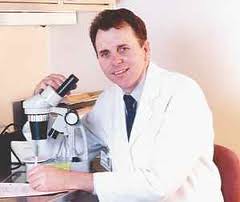
Barry Marshall – showed that the bacterium Helicobacter pylori is the cause of most peptic ulcers, reversing decades of medical doctrine holding that ulcers were caused by stress, spicy foods, and too much acid

N Joseph Woodland – co-inventor of the barcode
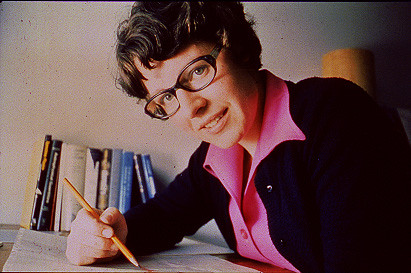
Jocelyn Bell Burnell – she discovered the first radio pulsars

John Tyndall – the man who worked out why the sky was blue

Rosalind Franklin co-discovered the structure of DNA, with Crick and Watson

Rosalyn Sussman Yallow – development of radioimmunoassay (RIA), a method of quantifying minute amounts of biological substances in the body

Jonas Salk – discovery and development of the first successful polio vaccine

John Waterlow – discovered that lack of body potassium causes altitude sickness. First experiment: on himself
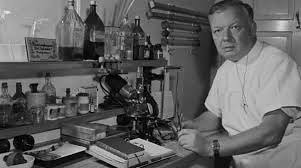
Werner Forssmann – the first man to insert a catheter into a human heart: his own

Bruce Bayer – scientist with Kodak whose invention of a colour filter array enabled digital imaging sensors to capture colour
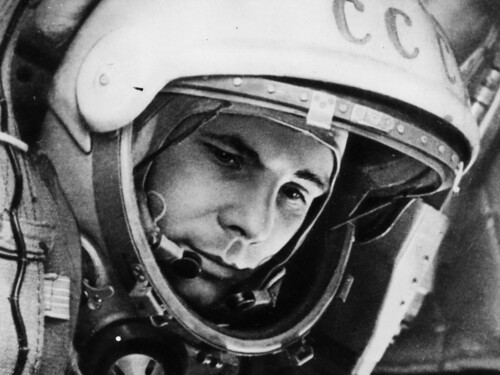
Yuri Gagarin – first man in space. My piece of fandom: http://www.spiked-online.com/newsite/article/10421

Sir Godfrey Hounsfield – inventor, with Robert Ledley, of the CAT scanner

Martin Cooper – inventor of the mobile phone

George Devol – 'father of robotics’ who helped to revolutionise carmaking

Thomas Tuohy – Windscale manager who doused the flames of the 1957 fire

Eugene Polley – TV remote controls

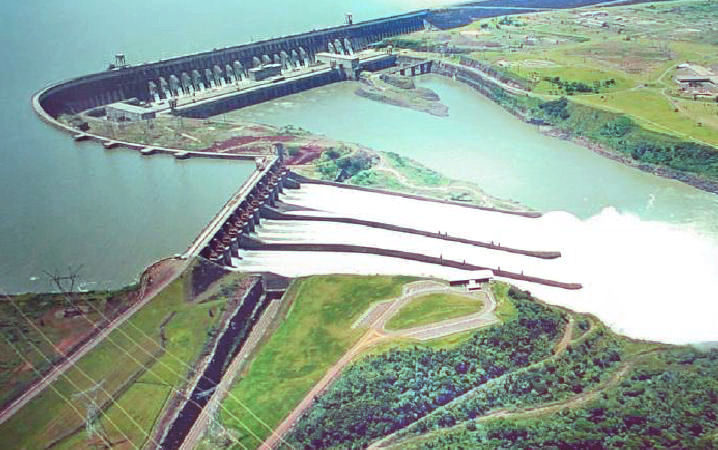

0 comments